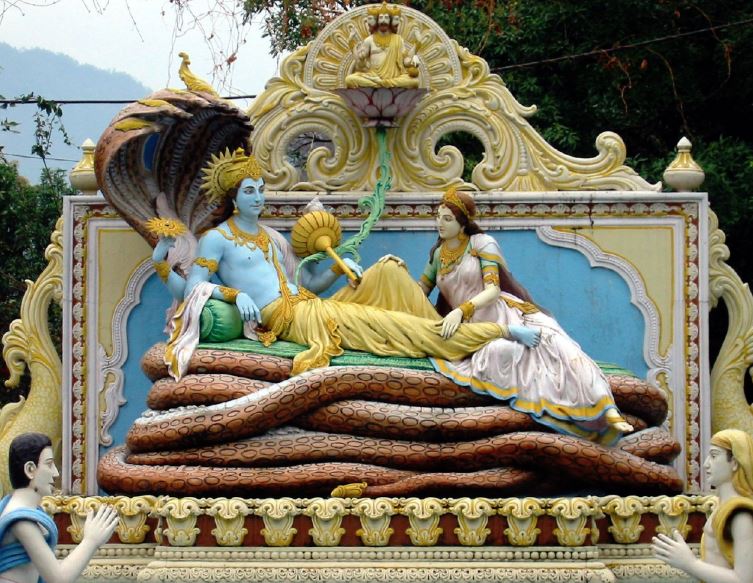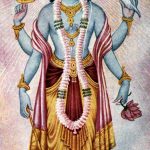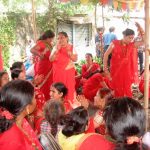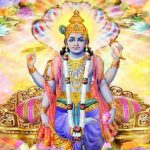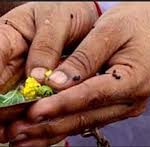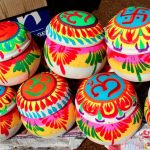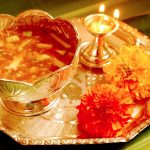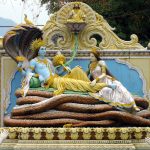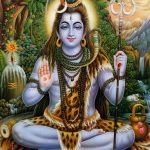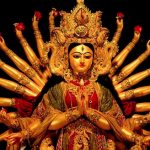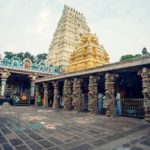Twenty four Ekadashis occur each year and one among them is considered the most important. Vaikunta Ekadashi is the most prominent of Ekadashis. It is an auspicious day for Vaishnavites or devotees of Vishnu. Devotees pray all day and observe fast.
Vaikunta Ekadashi
Vaikunta Ekadashi occurs once every year. Vaishnavites consider this to be an ideal day to pray for Moksha or salvation.

What is Ekadashi?
Ekadashi means 11. Here it denotes the 11th day of the lunar fortnight. So, two Ekadashis occur each month. One occurs on the bright phase of the moon or Shukla Paksha. The other comes during the dark phase or Krishna Paksha.
Vaishnavites observe fasting on all Ekadashi days. Those who strictly follow the rules may even abstain from drinking water. On the next day, they break the fast by taking Tulsi water. This breaking of fast is known as Parana.
Both Ekadashi Vrat and Dwadasi Parana are important rituals for Vaishnavites. The Bhagavata Purana tells the story of King Ambarish who observed this Vratham.
The Importance of Vaikunta Ekadashi
Every year there are 24 Ekadashi days. Each Ekadashi has a special significance. However, Vaikunta Ekadashi is the most significant.
Vaikunta Ekadasi Timings: This Ekadashi occurs on Dhanu month, called Margazhi in Tamil. This special Ekadashi comes on the Shukla Paksha of this month. Devotees believe that, on this day, the gates of Vaikunta are open throughout the day, so they can attain moksha or liberation.
Hence, devotees strictly observe fasting on this day and engage in meditation and prayers.
Vaikunta Ekadasi Vratham
This is specifically a day for meditating in the name of God and abstaining from all material pursuits. Many Hindus observe some form of vratham on this day.
Vaikuntha Ekadashi Fasting: Very strict adherents of this vratham observe complete fasting. In fact, fasting begins on the previous day of Dashami. On Dashami, devotees do not eat any food after lunch. Some may take fruits and milk for dinner. However, on Vaikunta Ekadashi day, they do not take even liquid foods.
They are also keep vigil throughout the night without sleeping. The next day is Dwadasi. Devotees break their fast on this day.
Some devotees may fall sick or have health issues. These people can eat light foods such as fruits, but they have to strictly avoid rice and other grains. They can take fruits, milk, and other raw foods.
On Dwadashi, they drink Tulsi water to break the fast, and then consume a special meal that consists of stomach cleansing and soothing foods.
Vaikunta Ekadasi Pooja Procedure
On Vaikunta Ekadashi day, besides fasting, you should chant the names of Lord Vishnu. Hindus believe that performing Puja with Tulsi leaves very auspicious. In addition, praying, meditation, reciting Vishnu Sahasranama, singing Bhajans, and listening to religious discourses are good practices.
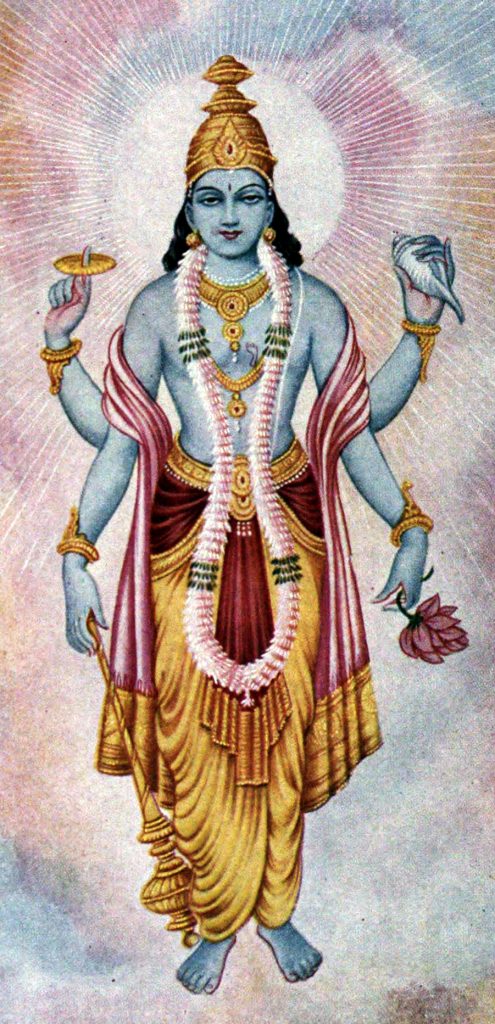
Vaikunta Ekadasi History
Both Ekadasi and Vaikunta Ekadashi have many stories associated with them. One story in Padma Purana gives the origin of this vratham. Once Vishnu was fighting a demon named Muran. During a respite in the battle, Vishnu was in yoga nidra. Muran tried to kill Vishnu at this time. However, a female form emerged from Vishnu’s 11th sense. This woman defeated the Asura. Pleased by her act, Lord Vishnu named her Ekadashi, and asked her what she wanted. Ekadashi then prayed that whoever meditated on Vishnu on that day should be granted Moksha. That day was Dhanu Masa Shukla Paksha Ekadashi. This came to be known as Vaikunta Ekadashi.
Vaikunta Ekadasi Significance
Vaikunta Ekadasi occurs on the month of Dhanu or Margazhi, which is already dedicated to spiritual pursuits. Hence, observing the vratham on this day helps devotees purify their minds and meditate in the name of Lord Vishnu.
In South India, permanent or temporary Vaikunta gates are opened in the early morning for devotees to pass through in the temples. This symbolically indicates their passing through the gates of Vaikunta. Srirangam Ranganathaswamy Temple and Thirupathi Venkateswara Temple Vaikunta Vasal festivals attract a huge number of devotees from across the country and the world.

Many significant events have taken place on this day including the teaching of Bhagavad Gita by Krishna to Arjuna.
The Vishnu Purana says fasting on Vaikunta Ekadashi equals fasting on all the other 23 Ekadashi days. Lord Vishnu opens the gates of Vaikunta, his divine abode, on this day. So devotees believe fasting and praying and at this time grants them salvation and entry into Vaikunta.
Symbolism
The Vaikunta Ekadasi Story has many symbolisms. The Asura Muran signifies Rajasa (Passion) and Tamasa (ignorance and Laziness). Ekadashi represents knowledge, calmness, and intelligence. Her emergence destroys the passion and ignorance in all of us. To awaken her, you need to be calm and meditate.
The Benefits of Fasting
Vaikunta Ekadasi fasting helps you avoid certain foods that might trigger your Rajasa and Tamasa guna. Rice signifies all grains and filling foods. A full stomach triggers lethargy and sleep. Avoiding rice and eating a light meal helps you keep awake. Devotees stay awake on Vaikunta Ekadasi night, observing penance to please Lord Vishnu.
Apart from all these spiritual benefits, fasting also provides rest to your digestive system. The meal you consume on the next day includes a healthy diet that helps cleanse and soothe the system. So it is also good for your health.
The next Vaikunta Ekadashi occurs on Dec 23rd, 2023. You can start preparing for this special day by observing the fortnightly Ekadashis. You can also plan to visit the famous temples of South India which hold the ritual of Vaikunta Vasal, like Srirangam and Thirupathi.




